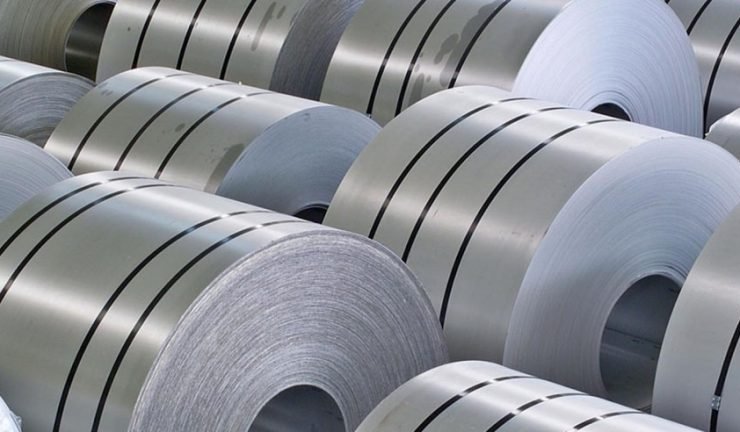Steel is very in demand in various industries and in everyday life. But in its natural state, this material cannot tolerate the impact of external factors, which appears corrosion or rust. Metals are not able to protect themselves from destruction. Therefore, technologists invented to apply a zinc protection, which helps prevent unwanted splitting framework, resistance to the appearance of corrosion and thus prolongs the duration of wear design. Thus, there were galvanized steel at home "zinc".
How to prevent corrosion
the Strength of galvanized steel depends on the thickness of the applied layer of protection – it needs to be less than 0.02 mm. Zinc perform from one side of the steel sheet, or both. Material with double-sided anti-corrosion treatment, logically, will last longer. Gelezinkeliai alloy formed on the surface of metal, gives a fairly durable layer.
the Process of galvanizing, if to describe briefly, it consists of 3 stages:
-
Preparation – clean the surface. A very important step, because this quality depends on how tightly the galvanizing layer will form on the base metal. As a variant, the cleaning surface can be performed by acid etching.
-
Annealing. At this stage, the metal acquires the physico-chemical properties necessary for quality adhesion of zinc and base metal.
-
the Application of zinc. Technology galvanizing is chosen based on the type of protected metal and the nature of its future use. in the future.
What is galvanizing?
so galvanizing is a coating of protection on the surface of metal products to prevent erosion. It is used to smooth products, as well as objects with small curvatures, which are not mechanically damaged. After the treatment formed a dense protective coating, it does not allow oxygen and moisture to penetrate the metal. First and foremost, the zinc reacts with the rust, not allowing to break down the metal.
depending on the coating, galvanized steel sheets are classified into:
-
P-high class (60-40 µm);
-
b-high class (40-18 µm);
-
On-standard class (18-10 µm).
Methods of deposition of zinc on steel surface:
-
electroplating method;
-
hot galvanizing;
-
diffusion
-
svopirovanie;
-
cold-plating (coloring);
-
thermal (gas dynamic).
the Resistance of the zinc coating to corrosion
the Application of zinc on a metal surface is considered environmentally safe and effective protection. It can be used universally, it has not a lot of weight due to this, the demand for these products is always there. It should be noted that galvanized materials will be resistant to environmental influences for a long time – up to 60 years. An important advantage of the galvanizing is not only a barrier and electrochemical protection from corrosion and rust in almost any open environment.
However, the stability of the coatings and their effectiveness depends on the context. Zinc is fine in relation to the oil and several mineral compositions. But detergents or fertilizers are "aggressors" and destroy it relatively quickly. At that time, as cement and gypsum adversely affect the material if the moist environment.
in order For an ordinary consumer to assess the quality and describe the galvanized sheet, you just need to look at it. It should not be rough, uneven, have cracks. Only when processing of cold stamping is permissible roughness or stains, other types of defects should not be.




